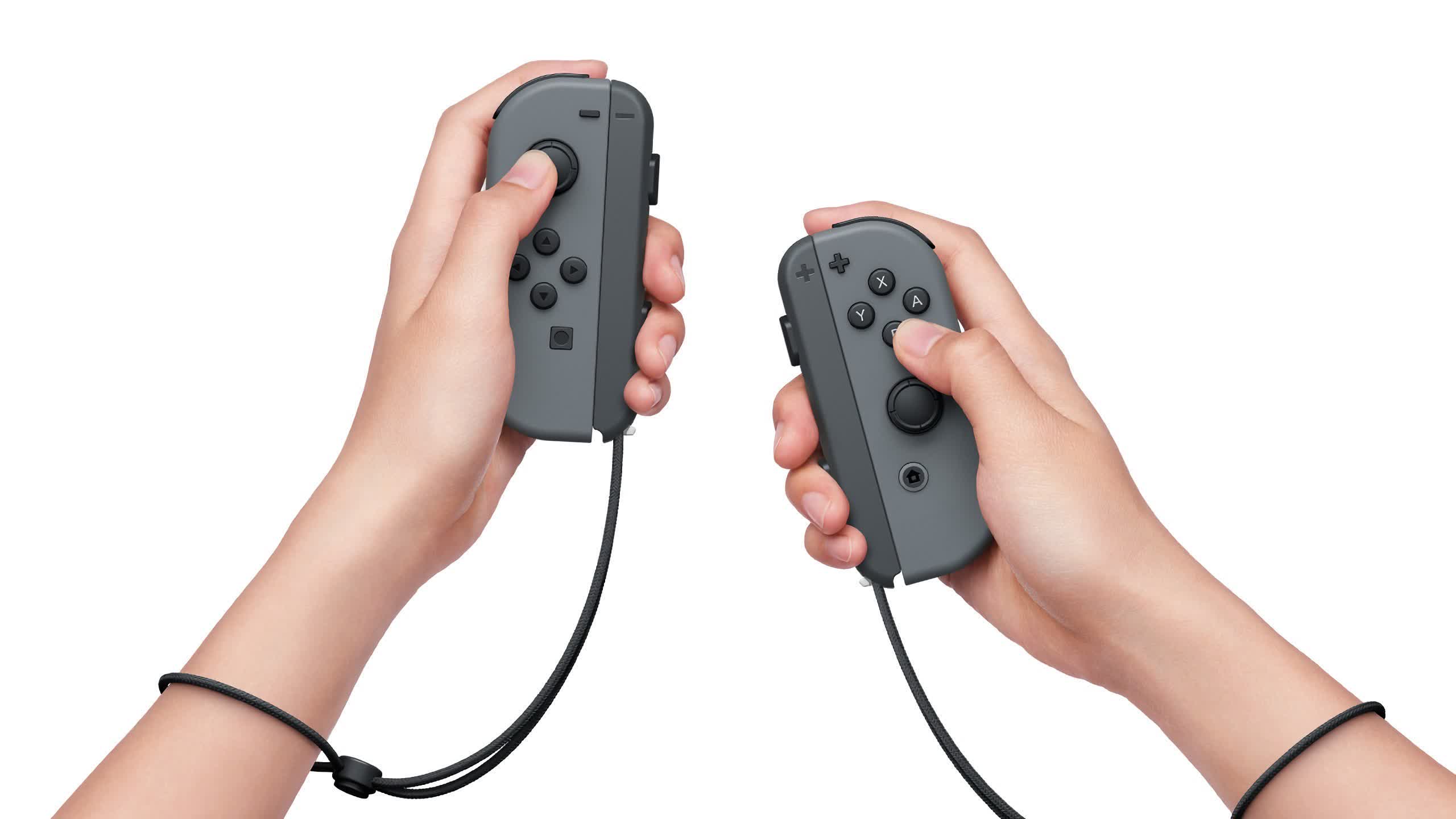In a nutshell: Nintendo quietly expanded its free Joy-Con drift repair program across Europe. The change recently appeared on a support page on "responsiveness syndrome"---Nintendo's term for Joy-Con drift. The repair program has been offered in other regions for about four years.
Along with tips for troubleshooting the issue before repair, the support page mentions that UK, Switzerland, and the European Economic Area users can now take advantage of the free repair offer regardless of warranty status. Previously, users could only get their controllers repaired gratis if they had a valid warranty, which covers the device for 24 months from purchase.
Of course, the offer comes with standard caveats. It is ineligible if the unit's casing has been opened or was previously repaired by a nonsanctioned service provider. "Accidental damage" or drift caused by third-party accessories are also disqualified. However, it's hard to imagine what third-party accessory could cause the problem or how Nintendo could make that qualification.
It's unclear precisely when Nintendo expanded the program. It was first spotted by Nintendo Life on April 3. Before that, free repairs were only available in the US, Canada, Latin America, and France. It's also uncertain when the offer expires. Nintendo only states, "until further notice" on the support page. The program started in North America around four years ago, if you wish to use that as a crude guesstimate.
Joy-Con drift first appeared just months after the original Switch launched in 2017. Shortly after initial reports of the problem, it bloomed into a full-blown nightmare for Nintendo, with the issue affecting not only the first-generation Switch but also the sold-separately Joy-Cons, the Switch Pro controller, and the Switch Lite with integrated unremovable joysticks.
Nintendo initially denied the problem was its fault. However, after taking a beating in the press, scrutiny from consumer watchdogs, and two high-profile class action lawsuits, Nintendo finally apologized for the problem and initiated a limited repair program. Subsequently, one of the lawsuits was dropped, and a California court dismissed the other.
Nintendo maintains that the issue is not caused by a defect but by normal wear and tear. The problem is not limited to Joy-Cons, either. Sony's PS5 DualSense and Microsoft's Xbox Elite controllers also suffer from responsiveness syndrome. I have experienced it with two DualSense controllers, the Joy-Cons included with my Switch, and a set of third-party Joy-Cons.
